In Conversation With The Snow Leopard’s Best Friend, Dr. Ghana S. Gurung From Nepal
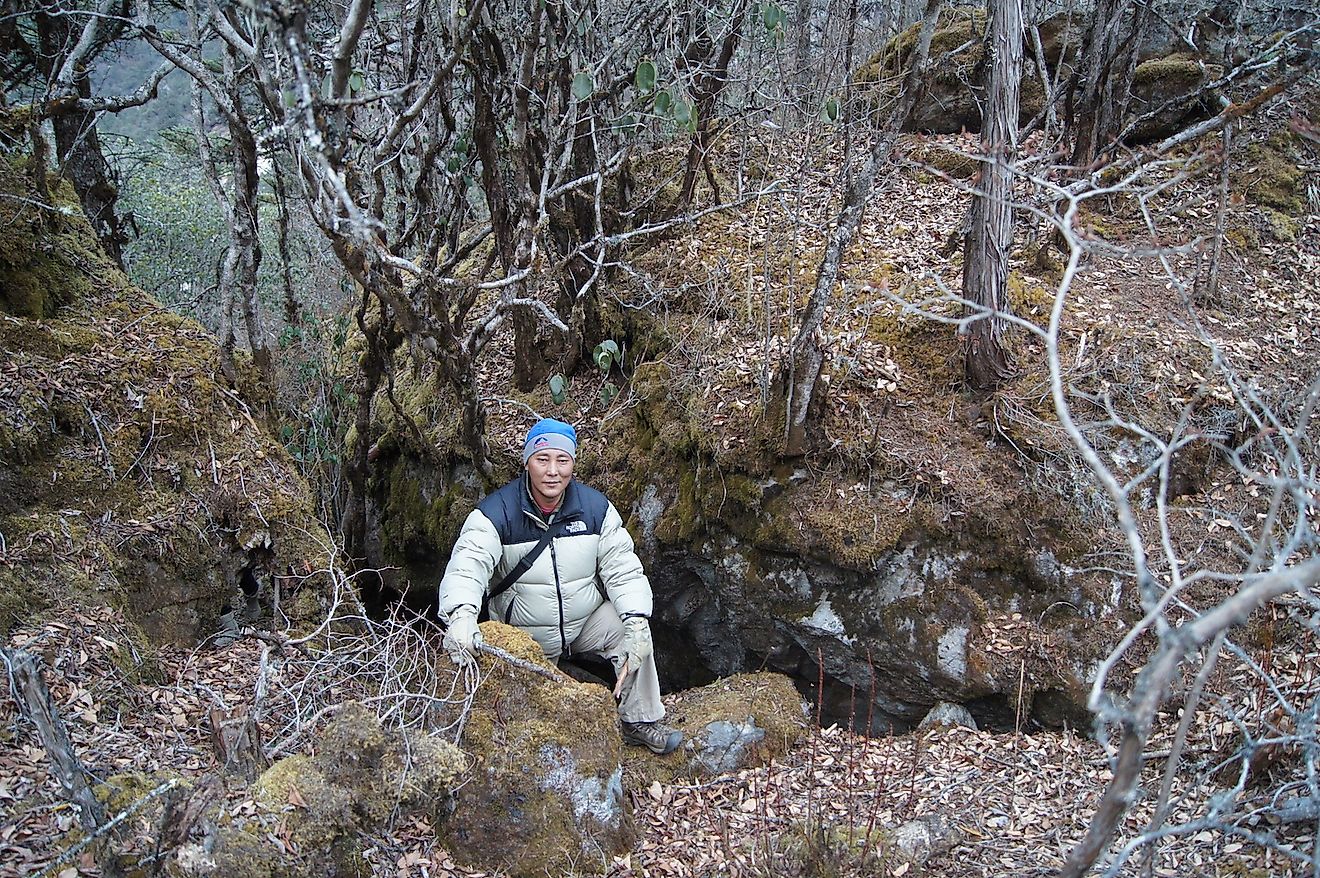
Few people in the world know the enigmatic snow leopard as well as Dr. Ghana S. Gurung. Currently serving as the Country Representative of WWF Nepal, Dr. Gurung is famous as the Snow Leopard Champion for the WWF Network. Today, he is one of the world's most knowledgeable persons on the subject of snow leopard conservation and has contributed significantly to the protection of this endangered species.
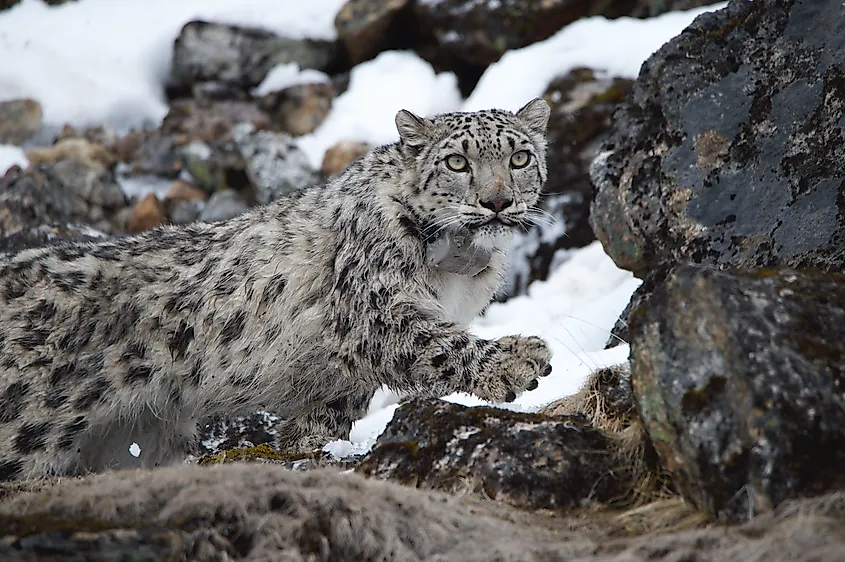
From the above narrative, it appears that Dr. Gurung was born to love the snow leopards but this cannot be far from the truth. Born to a herder community in a remote village in Nepal, Dr. Gurung grew up learning to despise the snow leopard as it meant doom for his people. He grew up seeing these apex predators prey upon his family's livestock that caused him great pain and also economic losses to his family. For a while, he even believed that snow leopards must die. That they mean evil. But what transformed him from a snow leopard foe into the big cat's best friend and fierce protector? Read his inspiring story for the answer and also to learn more about the fascinating snow leopard often called the "ghost of the mountains."
World Atlas In Conversation With Dr. Ghana S. Gurung
How did you develop your passion for wildlife conservation? What/who inspired you?
My introduction to the teachings of the Buddha at a relatively young age; from praying for the happiness of sentient beings early in the morning to reflecting and learning to respect all life forms before sleeping, subconsciously planted the seeds of passion for wildlife conservation in my life. Living close to wildlife and seeing the love and care with which the animals and birds raised their young was also something that deeply impacted my young mind.
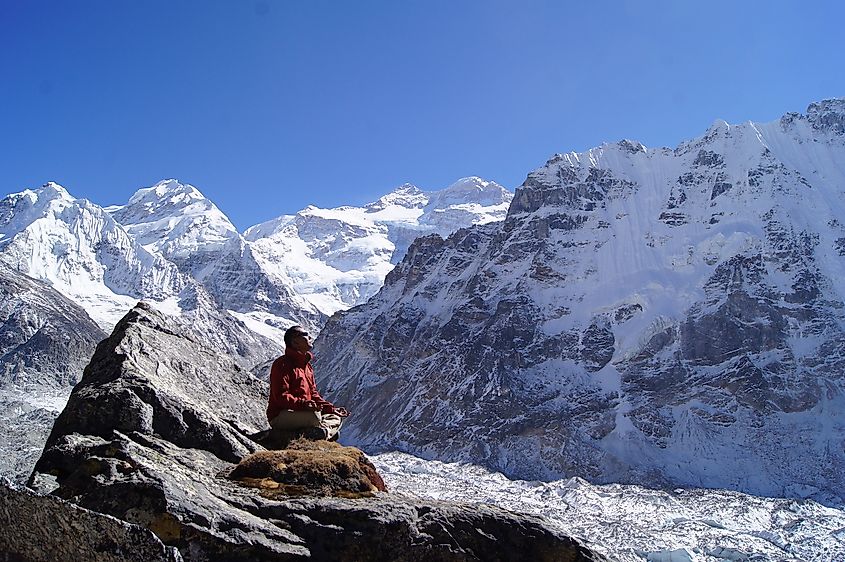
Besides, my grandfather, father, and uncle have played a central role in shaping my views and actions in life. They influenced me to develop a deep love for nature and pursue quality education. They also taught me to deal with life's challenges and imbibe good human values that helped me to take care of myself and become a better person as well as tend to the needs of those less fortunate than us.
As a young boy, I spent a lot of time herding our family livestock and following my grandfather and uncle raising/feeding baby goats in the high pasture lands. When I reflect back on old memories, life seems quite harsh. Back then, however, it was the only way of life known to me and I thoroughly enjoyed it.
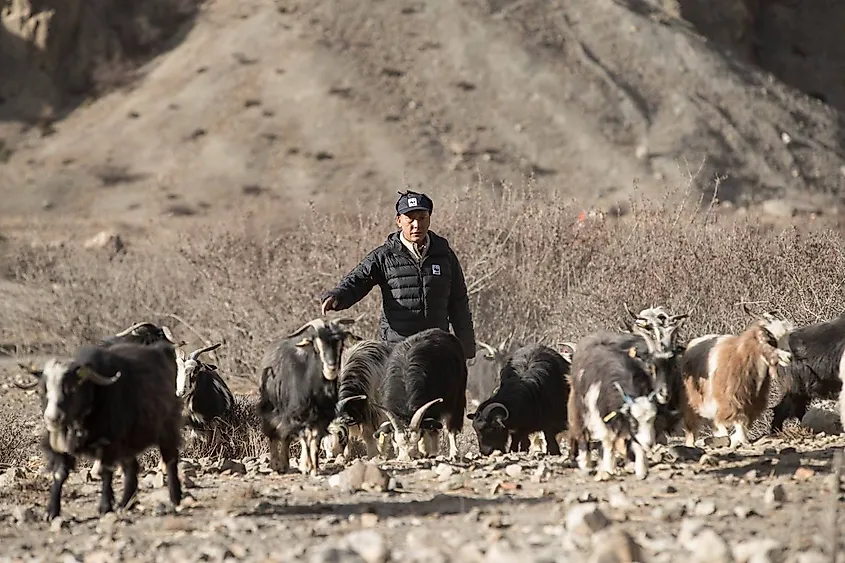
How did you perceive snow leopards as a child?
Interestingly, despite my immense fondness for most animals during my childhood, the snow leopard and the wolf were blacklisted in my young mind. I had grown up seeing them kill our livestock, our only source of livelihood, and learned from my elders about how these predators mean only harm to us. The suffering of our animals attacked by them also pained me a lot. As a result, my childhood mind reasoned that if the snow leopard could kill my sheep, goat, yak, or horse, then it too deserved to die in return - a thought that would undergo a drastic transformation years later to change the course of my life completely.
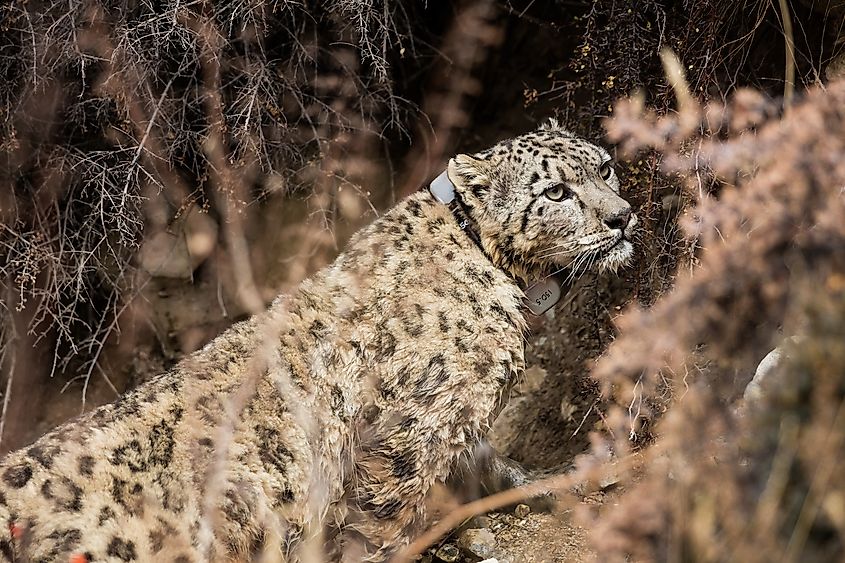
So, when did you start seeing snow leopards in a different light?
My entire childhood was spent growing up alongside snow leopards in prime snow leopard habitat. To me, they were always there as I could see them all year long following my livestock looking for a chance to prey upon them. It was only while pursuing my higher studies that I came to know how rare and elusive snow leopards were. The turning point in my life came when I studied Parks, Recreation and Tourism Management at Lincoln University, New Zealand. It was then that I learned about the endangered status of the species and how this majestic animal acted as an indicator of the health of mountain ecosystems. I was also surprised to know how their range was limited to just 12 countries including Nepal. Thus, after understanding the species from a completely new angle, I felt motivated and intrigued to learn more about snow leopards and continue my education in that direction. And today, I work to protect the snow leopards with the help of the very people who hated them.
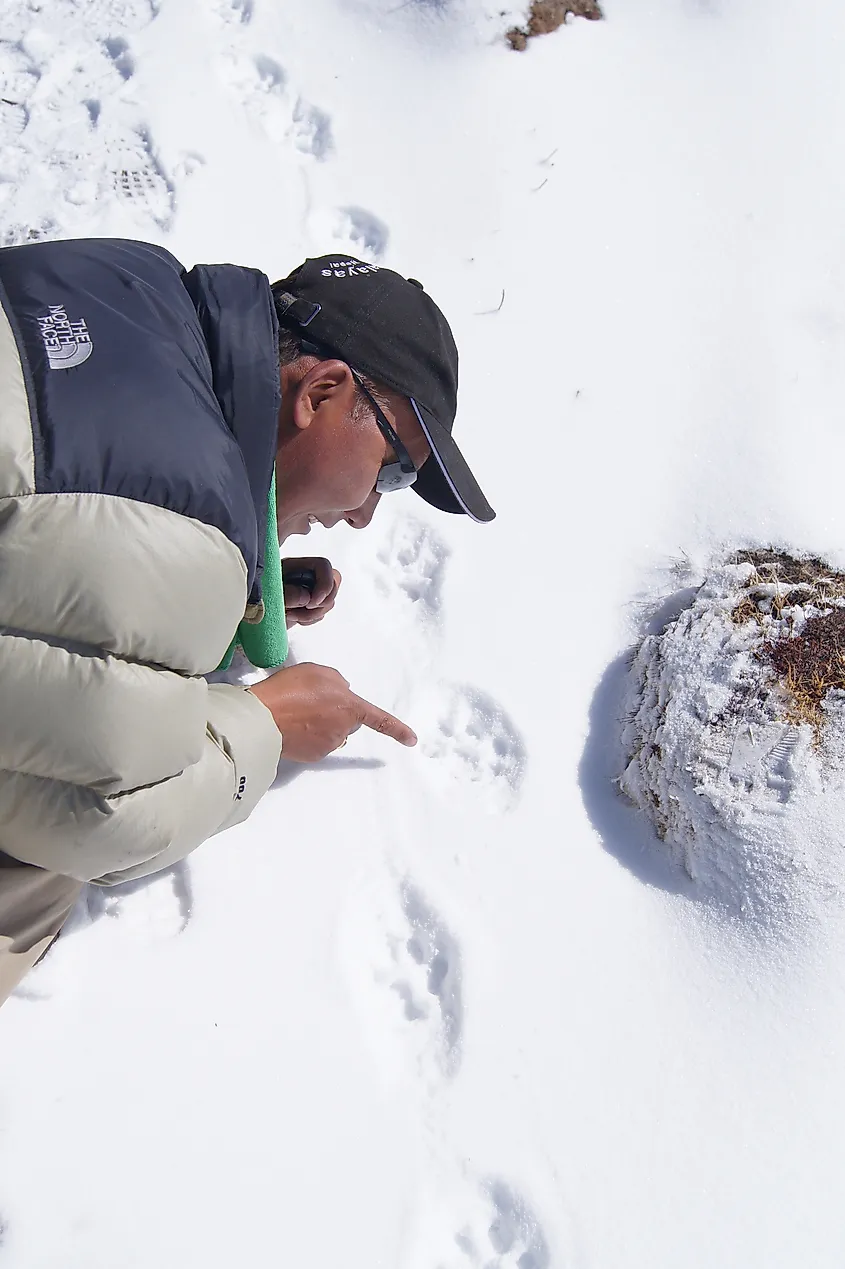
When did you formally start working for snow leopard conservation?
My formal journey in wildlife conservation began in 1986 and professional work on snow leopard conservation began in 1998 while I was working for the Kangchenjunga Conservation Area. During this time, we noticed that angry locals losing valuable young yaks or livestock to these predators were poisoning them in retaliation. While confronting this human-wildlife conflict situation, I gained a lot of practical knowledge that also shaped my views on the subject. Later, I went on to research the topic for my Ph.D. at the University of Zurich, Switzerland. Following this, the University of Zurich funded a pilot community-based snow leopard livestock insurance scheme to provide limited compensation to livestock owners losing their livestock to snow leopards. That was back then, and today we see communities and herders fully engaged in managing their insurance funds, and monitoring snow leopards and their prey bases as citizen scientists.
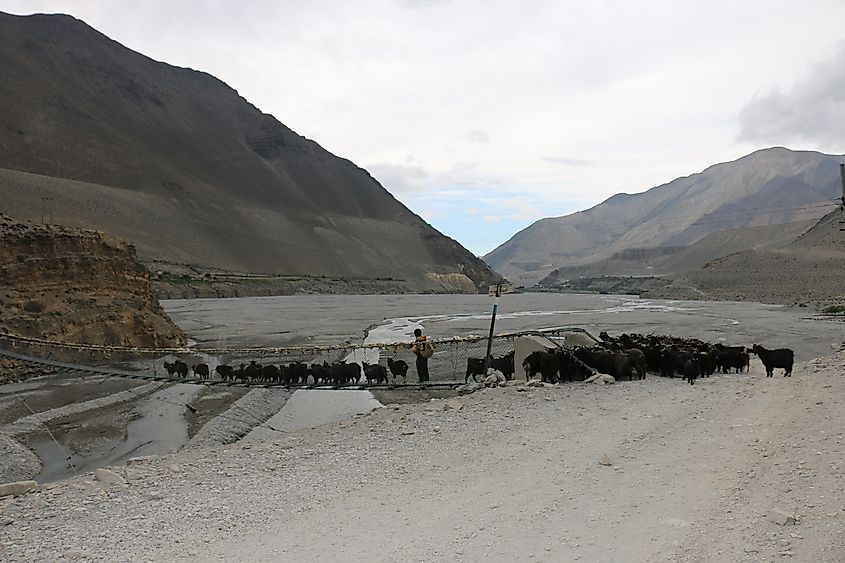
Please brief us on the current status of the snow leopard in Nepal
Based on Nepal’s national Snow Leopard Conservation Action Plan (2017-2021), snow leopard populations are estimated at 300 to 401 across the three snow leopard landscapes (western, central, and eastern) identified in the Global Snow Leopard & Ecosystem Protection Program (GSLEP), covering over 13,000 sq. km of potential snow leopard habitats across Nepal’s Himalayas.
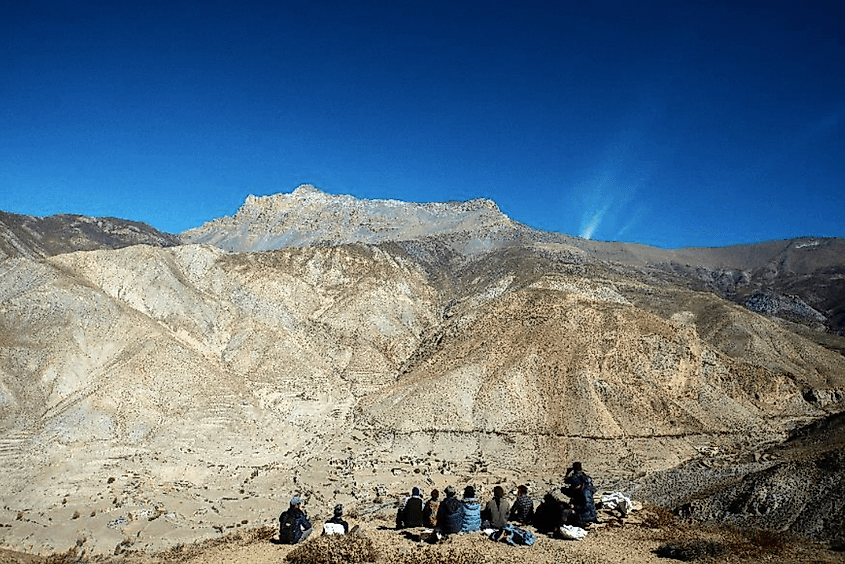
The country is still in the process of establishing its baseline population of snow leopards using the latest science and technology such as capture-recapture methods. Hence, considerable effort is required and there’s a long way to go in terms of understanding their status, behavior, and geography. However, site-specific studies in Kangchenjunga Conservation Area (KCA) using camera trap methods have shown an increasing population trend between 2013 and 2017. Meanwhile, a recent study carried out in Shey Phoksundo National Park (SPNP) recorded a relatively high density of 4.6 snow leopards per 100 sq.km which is one of the highest across a snow leopard’s range.
What are some of the exciting recent discoveries about the snow leopard in Nepal?
Over the decades, we are learning new and exciting things about snow leopards. Ground-breaking scientific research and monitoring tools have been introduced in Nepal such as camera trap monitoring, genetic studies, and satellite telemetry. Information gathered by these methods has helped understand their distribution, population ecology, genetic diversity and spatial ecology. For instance, the species was recorded at the highest elevation of 19,181 ft at MSL and satellite telemetry has helped redefine the home range of snow leopards in KCA (MCP home range adult male-1031.6 km² and sub-adult female-710.1 km2) showing it to be much larger than earlier estimated, with their movement and habitat use spanning across international borders to China and India. This has raised their conservation profile and led to the adoption of transboundary conservation approaches between these nations for effective on-ground conservation.
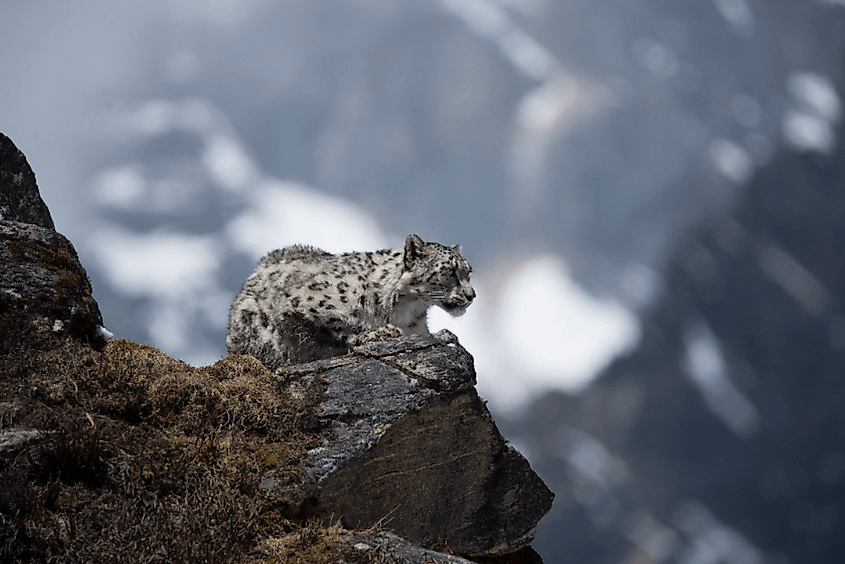
What are some of the fascinating facts about these big cats?
Snow leopards are one of the most enigmatic creatures, residing in challenging terrains. They have long and thick fur (almost 5 inches) which acts as an insulating blanket against the cold and harsh mountain climate. Their long and thick tail, almost equal to the length of their body helps them maintain balance and also acts as a shield against harsh weather.
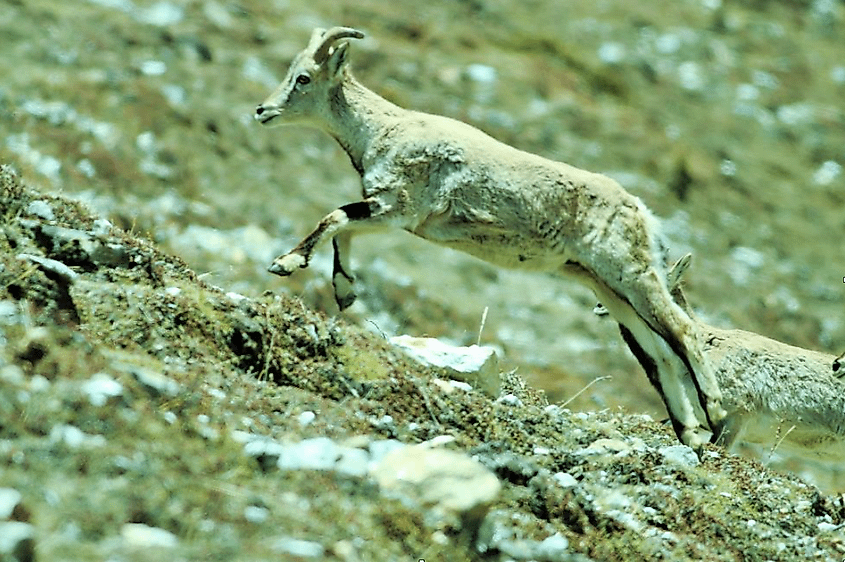
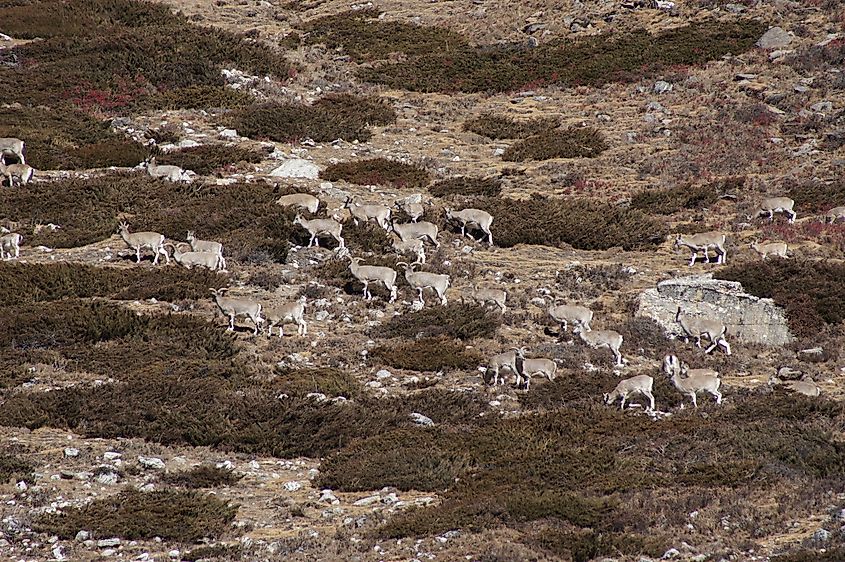
Unlike other big cats, they can’t roar but instead growl, yowl and mew. The principal prey of snow leopard is blue-sheep and other mammals like Himalayan tahr, Himalayan marmot, Tibetan argali, musk deer, and woolly hare. Due to their secretive nature, they are probably one of the most difficult species to spot in the wild which is why they are also called the “ghost of the mountains.” In Nepal, mountain communities have a cultural connection with the species, and it is believed to be a pet of their local deity.
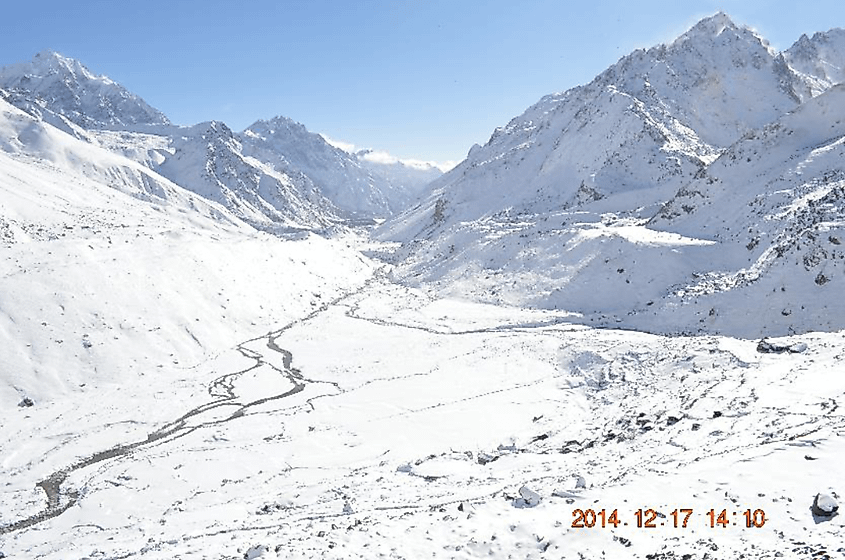
What are the major threats facing the snow leopard in Nepal?
In Nepal, the snow leopards’ prey primarily comprises of blue sheep, Himalayan tahr and marmots. However, a study on snow leopard diet carried out in KCA revealed that almost half of their diet comprised of livestock. Across the snow leopard habitat in Nepal, livestock depredation by snow leopards is common with occasional records of mass killing. The heavy economic loss endured by the community often leads to retributive killings in the habitat. Poaching driven by high demand and price for their body parts in the international market is another key threat to snow leopards. Incidences of seizures of illegal parts and apprehension of traders from market centers like Kathmandu and Nepalgunj reveal the existence of illegal trade. Further snow leopard habitat is also a water tower source for more than 1 billion people of the planet. The habitat is severely threatened by climate change and therefore, serious conservation strategies and interventions are required to minimize the existing threat.
What actions are being taken in the country to protect the species?
Nepal has its own snow leopard conservation action plan which is updated every five years. Further, Nepal made conservation history by becoming the first country to launch its climate-smart snow leopard landscape management plan in 2017. Based on these action plans, Nepal has carried out advanced research on snow leopards to further ecological understanding and aid their conservation.
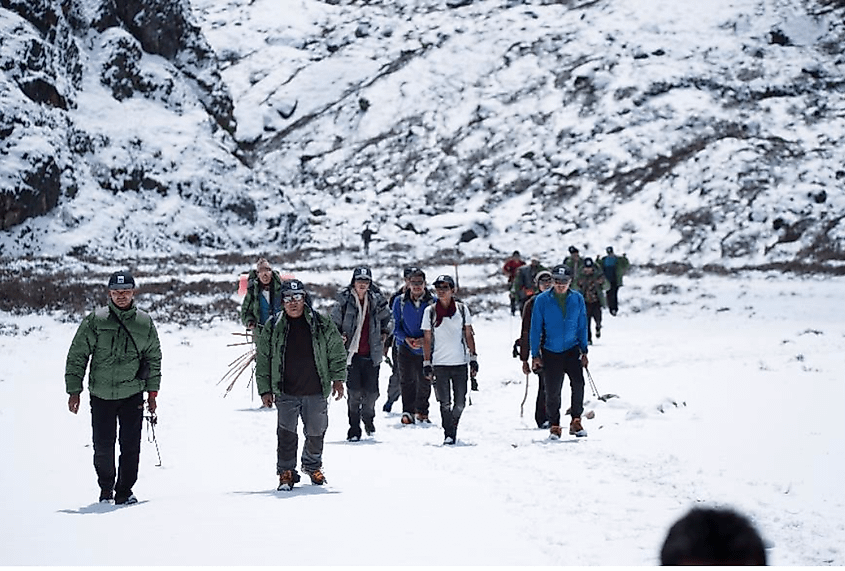
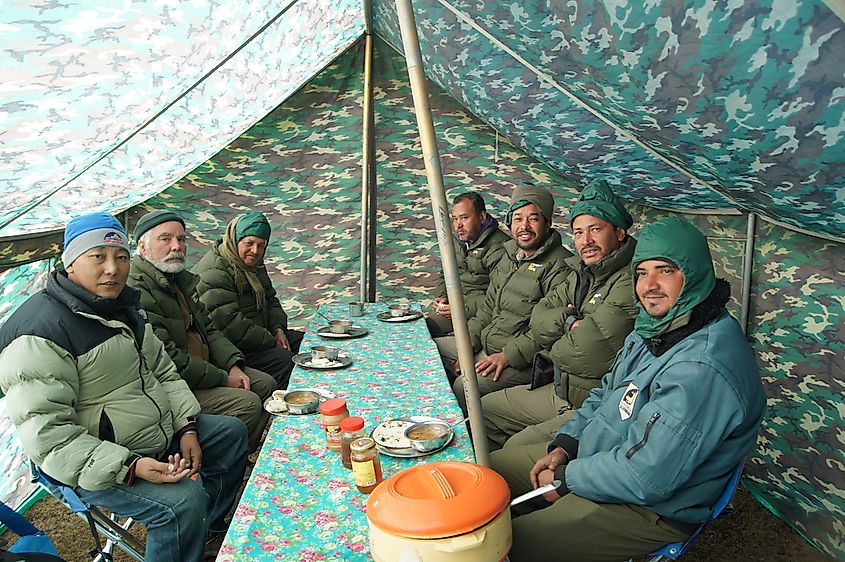
On-the-ground initiatives include strengthening protection measures both at the park and community level to prevent poaching of snow leopard and their prey. Wildlife Crime Control Bureau (WCCB) and Wildlife Crime Control Cells (WCCC) formed at the national and district level have also helped co-ordinate and prevent the trade of snow leopard and their body parts. The community-based livestock insurance scheme (LIS) and predator-proof corrals have been successful in several parts of the snow leopard habitat in reducing human snow leopard conflict. Considering the remoteness of the snow leopard habitat, communities are the most important stakeholders in snow leopard conservation. Hence, several community development programs are supported through a larger framework of the government’s conservation area and buffer zone management programs to benefit and nurture them as custodians for snow leopard conservation. Climate adaptation solutions are also implemented focusing on rural communities.
What are the major challenges in snow leopard conservation?
An incredible amount of work exists in Nepal related to snow leopard science and conservation. A great deal of research has been done on the ecology, and threats to the species. However, adequate knowledge on the population status of the species is lacking and this acts as a significant hurdle in making strategic conservation investments. It also makes it difficult to comprehend how well the species is responding to our conservation practices.
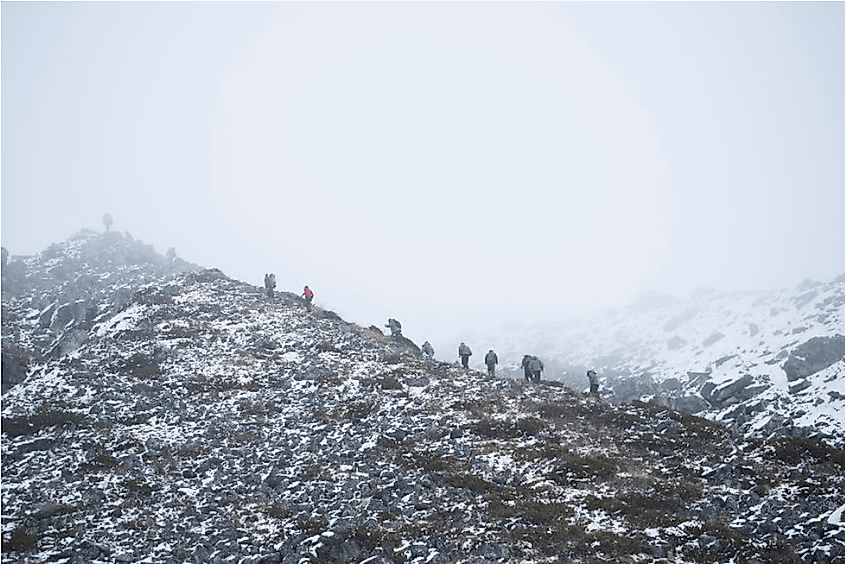
Also, the conservation of snow leopards is inherently challenging due to the extensive habitat coverage of the species, as well as the remoteness and harsh terrain of its habitat. These factors limit the deployment of trained authorities and reach of conservationists to implement conservation initiatives or cater to the needs of either the snow leopard or local communities sharing these habitats.
The unregulated collection of Non-Timber Forestry Products (NTFPs) and medicinal plants (like Yarsagumba) during the harvest seasons in snow leopard habitat is also a major threat to the species. It has led to habitat degradation through excessive grazing, fire-wood collection, and soil exposure. During this period, prey poaching cannot be overruled.
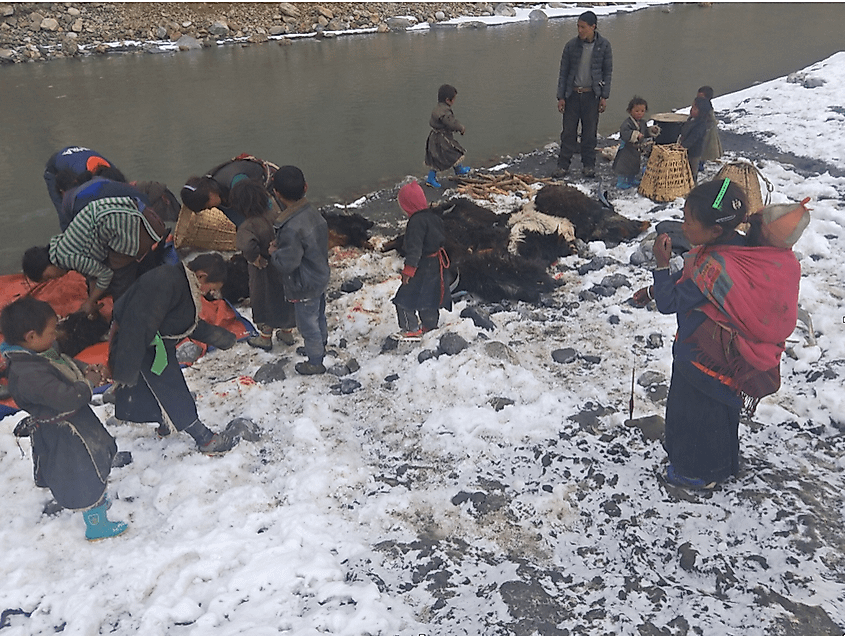
Similarly, increasing conflicts between human and snow leopard largely due to poor livestock guarding practices pose a significant challenge both for conservation and communities. If left unaddressed, it can result in a gradual loss of social tolerance towards snow leopards. Climate change, on the other hand, poses an overarching threat to snow leopards, their prey, local communities, and their habitats by increasing vulnerability and ushering in shifts in habitat availability and productivity.
What are your current goals regarding the conservation of the snow leopard?
As a global snow leopard champion, I believe it is my responsibility to lead and co-ordinate snow leopard conservation programs across snow leopard range countries. My current goals are to work with diverse stakeholders to raise funding and establish the right conditions for the conservation of this species globally. As the country representative for WWF Nepal, it is also my duty to support the government of Nepal in conserving the snow leopard. It can be done by enhancing the understanding of this species, sustainably managing its habitat, finding novel solutions to mitigate human-snow leopard conflicts to promote peaceful co-existence, and building capacities of the stakeholders.
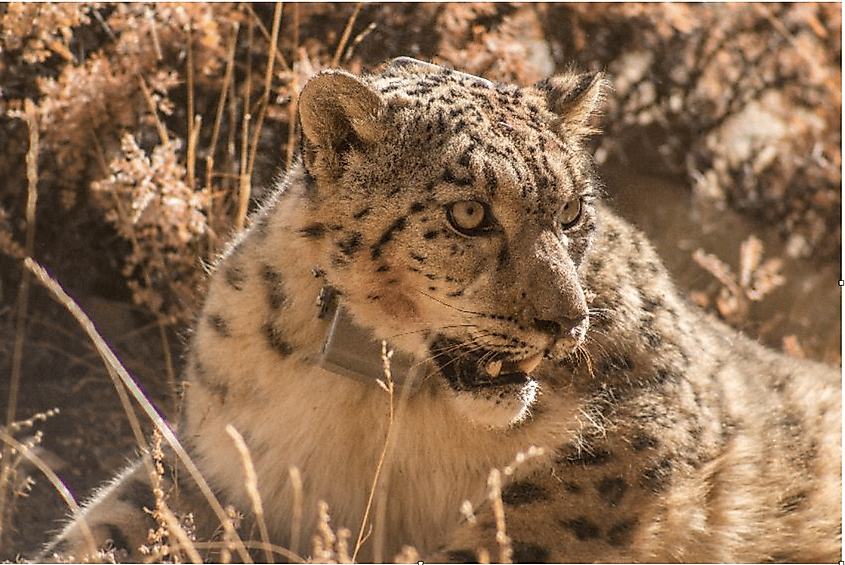
What would be your message to the world about why it is important to save the species?
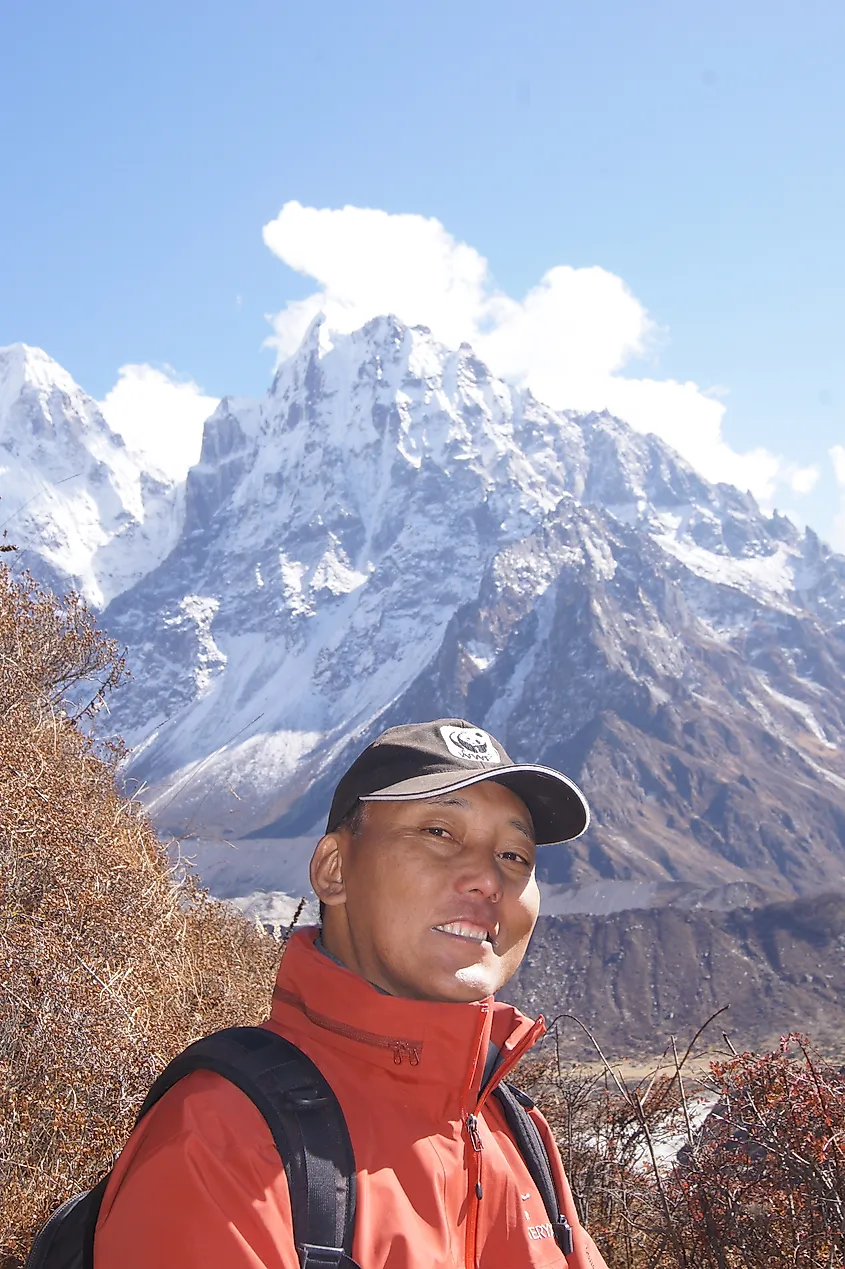
Being an apex predator of the Himalayan ecosystem, the snow leopard has a major impact on its structure and function. The habitat of this species serves as the world's water-towers. Billions of people benefit from the ecosystem services provided by this habitat. Thus, saving the snow leopard equates to protecting this vital ecosystem for the world. Sadly, however, the threats to snow leopards are growing faster than ever before. With climate change intensifying and human-snow leopard conflict events becoming more frequent, the conservation of this species is becoming extra challenging with time. I urge the world to realize the critical role of the snow leopard in making our future more stable and secure. It is my humble request to all to come together to protect this remarkable species.











